Optimal Timing for Forestry Clearings
Forestry clearings are essential management activities that influence forest health, growth, and land use. The timing of these clearings can significantly impact their effectiveness and the health of the surrounding ecosystem. Proper timing ensures minimal disruption to wildlife, optimal growth conditions, and compliance with land management objectives.
Late winter to early spring is generally considered ideal for forestry clearings, as soil moisture levels are suitable, and wildlife activity is lower.
Dry, cool weather conditions help reduce soil compaction and facilitate equipment operation during clearings.
Avoid clearing during peak breeding seasons to minimize disturbance to wildlife habitats.
Timing clearings before the start of the growing season promotes healthy regrowth and forest regeneration.
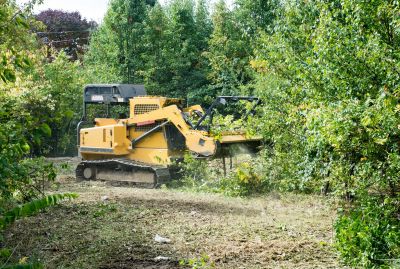
Ways to make Forestry Clearings work in tight or awkward layouts.

Popular materials for Forestry Clearings and why they hold up over time.
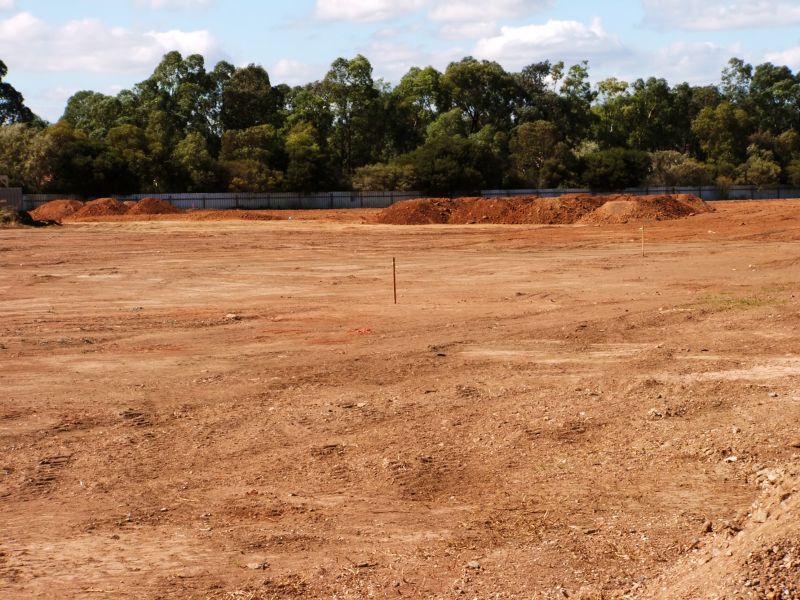
Simple add-ons that improve Forestry Clearings without blowing the budget.

High-end options that actually feel worth it for Forestry Clearings.

Finishes and colors that play nicely with Forestry Clearings.

Little measurements that prevent headaches on Forestry Clearings day.
Forestry clearings involve the removal of specific trees or vegetation to promote forest health, control pests, or prepare land for planting. They are a vital part of forest management practices, helping to reduce overcrowding, improve growth rates, and manage disease spread. Properly timed clearings can also enhance biodiversity by creating diverse habitat structures and opening space for new growth.
Statistics indicate that scheduling clearings during dormant seasons minimizes ecological disruption and enhances regrowth. For example, conducting clearings in late winter can reduce stress on wildlife and improve soil conditions, leading to more successful forest regeneration. Additionally, planning around weather patterns ensures equipment efficiency and safety for workers.
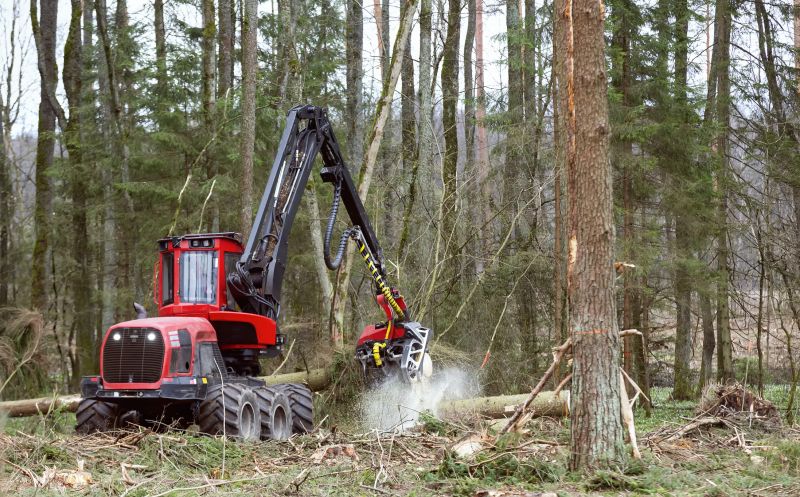
A 60-second routine that keeps Forestry Clearings looking new.
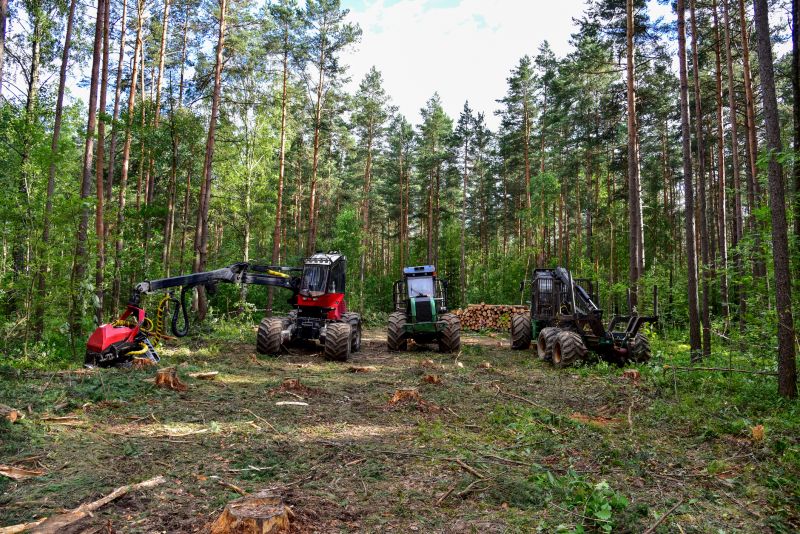
A frequent mistake in Forestry Clearings and how to dodge it.
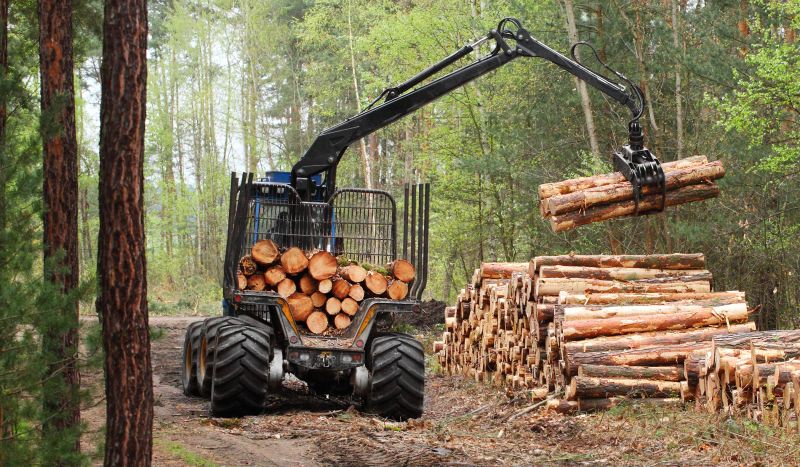
Small tweaks to make Forestry Clearings safer and easier to use.
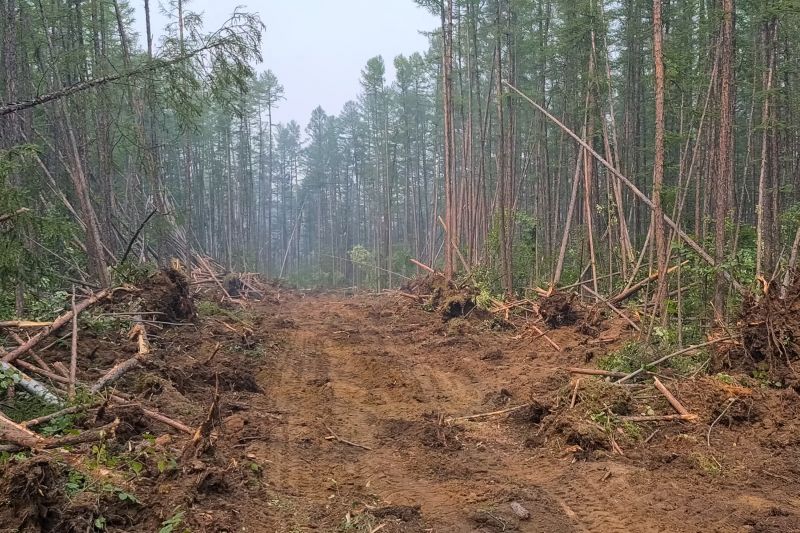
Lower-waste or water-saving choices for Forestry Clearings.
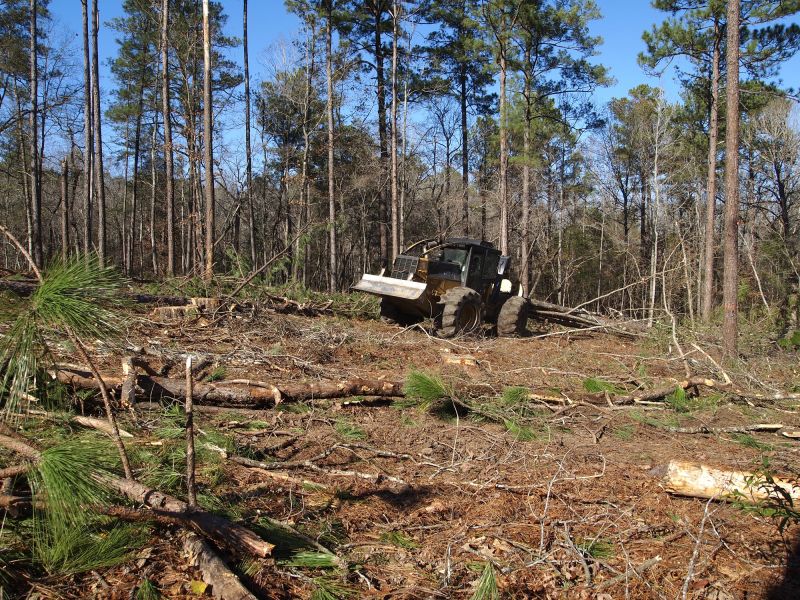
The short, realistic tool list for quality Forestry Clearings.

Rough timing from prep to clean-up for Forestry Clearings.
| Timing Factor | Impact |
|---|---|
| Season | Late winter to early spring offers optimal soil and wildlife conditions. |
| Weather | Dry and cool weather reduces soil damage and facilitates work. |
| Wildlife Activity | Avoid peak breeding seasons to reduce habitat disturbance. |
| Growth Cycle | Clear before the start of the growing season for best results. |
| Regulatory Compliance | Timing must align with local regulations. |
| Soil Moisture | Optimal moisture levels support equipment and regrowth. |
| Wildlife Habitats | Timing can minimize impact on sensitive habitats. |
